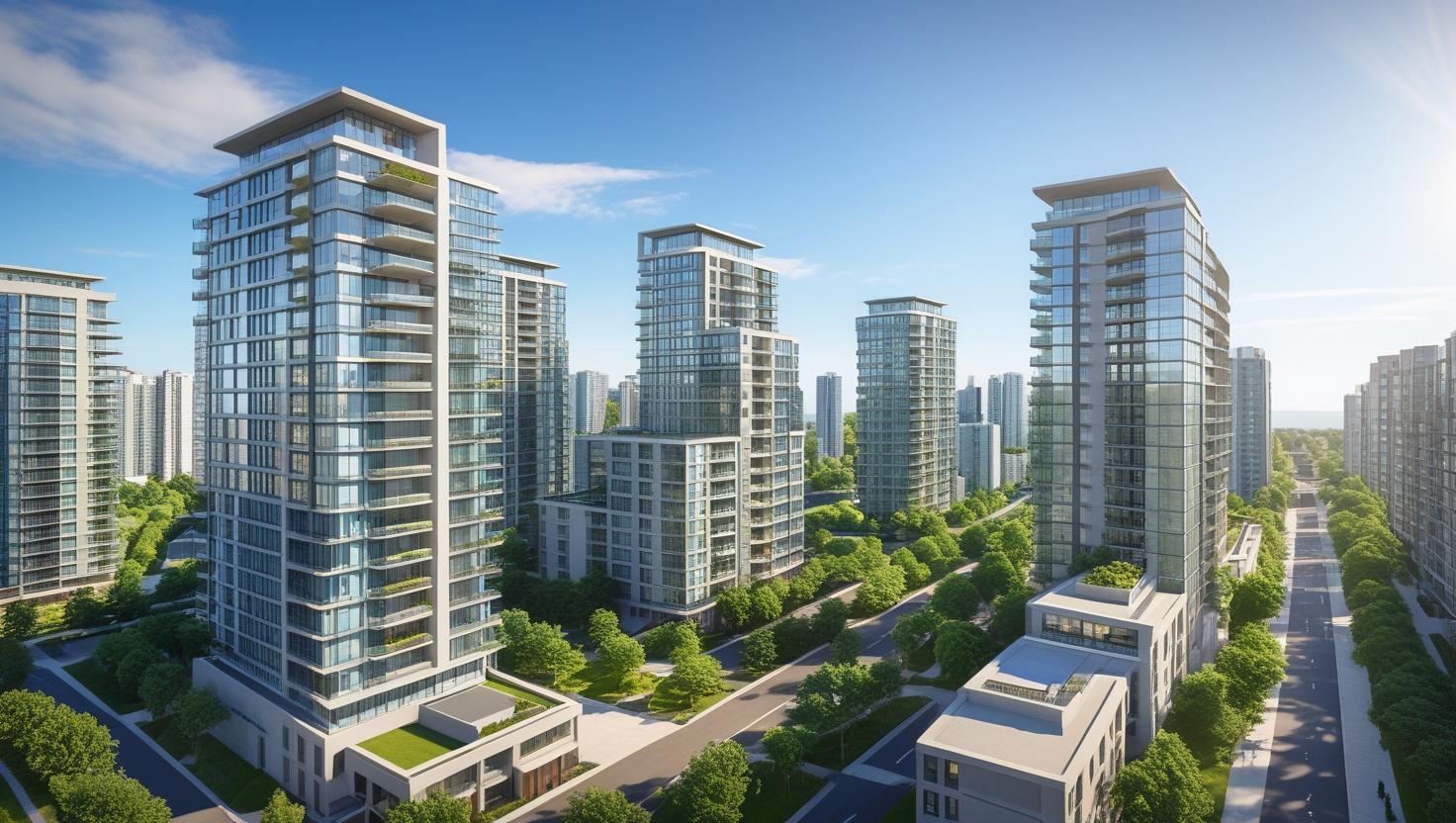Introduction
For years, big cities like Mumbai, Delhi, and Bengaluru have soaked up most of the attention when it comes to real estate. They’ve been the go-to choices and for good reason. But things are starting to shift. Quietly, steadily, a new wave is building outside the metros.
More and more investors are now turning their gaze toward India’s Tier-2 and Tier-3 cities and what they’re finding is full of promise. Lower prices, rising infrastructure, and a growing demand for housing are making these smaller cities increasingly attractive.
If you’ve been following the market or even just scrolling through property listings out of curiosity you’ve probably noticed it too. The real action, the kind that turns heads and unlocks long-term value, is happening in places that were once considered “off the radar.”
So what’s driving this trend? And which cities are actually worth watching? Let’s dig into the reasons behind this quiet boom and find out where the smart money is going next

Why Are Investors Shifting to Tier-2 and Tier-3 Cities?
It’s not just a passing trend, there are solid reasons behind this shift. A mix of affordability, changing lifestyles, and serious infrastructure upgrades is turning these smaller cities into real contenders. Here’s what’s really driving the move:
1. Affordable Prices, Better Returns
Buying property in a metro today can feel out of reach for many and the prices are sky-high, and the returns aren’t always as exciting as they used to be. In comparison, Tier-2 and Tier-3 cities still offer that sweet spot: lower property rates and the potential for strong appreciation as the cities grow. For investors, it’s a much smarter entry point.
2. Big Improvements in Infrastructure
India isn’t the same old small-town anymore. We can thank the government initiatives like the Smart Cities Mission and AMRUT, the roads are better, there are more airports popping up, metro lines are expanding, and digital connectivity has taken a huge leap. These cities are catching up fast and infrastructure is often the first sign of growth on the horizon.
3. The Rise of Reverse Migration
The pandemic changed more than just how we work — it changed where we work from. With remote and hybrid models becoming the new norm, a lot of professionals chose to move back to their hometowns or smaller cities. Naturally, this has boosted the demand for better homes, gated communities, and lifestyle amenities in places that were once overlooked.
4. Start-Up Buzz in Smaller Cities
Cities like Indore, Jaipur, Coimbatore and even Kochi are buzzing with the energy of a start up. SoiIt’s not just Bengaluru or Hyderabad anymore. Young professionals aren’t just taking jobs there, they're building companies, attracting talent, and creating demand for both commercial and residential spaces.
Top Emerging Tier-2 and Tier-3 Cities to Watch
Here’s a comparison table highlighting some of the most promising cities right now:
| City | Tier | Key Growth Drivers | Avg Property Price (per sq.ft) | Why Invest |
| Indore | Tier-2 | Smart City, IT Parks, Cleanest City Awards | ₹3,500 - ₹5,000 | Strong civic planning and increasing rental demand |
| Coimbatore | Tier-2 | Manufacturing, IT sector, Education Hub | ₹4,000 - ₹6,500 | Strong economy, NRI investment hotspot |
| Nagpur | Tier-2 | MIHAN project, Metro expansion, central location | ₹3,000 - ₹5,500 | Excellent connectivity and logistics potential |
| Jaipur | Tier-2 | Tourism, Start-ups, Smart City | ₹4,500 - ₹7,000 | High appreciation potential, rising commercial zones |
| Lucknow | Tier-2 | Government projects, Metro, Infrastructure push | ₹3,200 - ₹6,000 | Political capital, booming residential demand |
| Hubli-Dharwad | Tier-3 | Industrial growth, educational institutions | ₹2,500 - ₹4,000 | Low cost, emerging industrial corridor |
| Raipur | Tier-3 | Steel & Power industries, Educational hub | ₹2,000 - ₹3,500 | Central India’s growth driver |
| Udaipur | Tier-3 | Tourism, Handicrafts, IT SEZ | ₹4,000 - ₹5,500 | Tourist economy + rising infrastructure |

Things to Keep in Mind Before You Invest
Let’s be real just because a city is “up and coming” doesn’t mean every property there is a golden ticket. Investing in real estate, especially in growing cities, still calls for a careful, eyes-wide-open approach.
1. Know the Local Pulse
Getting swayed by brochures and headlines might be easy, but what's actually happening on the ground matters most. Are people renting? Are businesses moving in? Talk to locals, check out nearby projects, and get a sense of how “livable” the area truly is. A property is only as valuable as the demand around it.
2. Choose the Right Builder
Not all developers are created equal. Some deliver on time with quality finishes, others, well, leave buyers in a never-ending waiting game. Do your homework. Look at past projects, online reviews, and if possible talk to previous buyers. A good developer can make your investment smooth; a shady one can turn it into a nightmare.
3. Don’t Skip the Paperwork
This part is non-negotiable and this part isn’t glamorous. Also make sure the property has clear legal titles, proper land use permissions, and all the necessary municipal approvals. Get help from a local lawyer if needed ,it’s worth every rupee to avoid surprises later.
4. Think Long-Term, Not Quick Flip
This isn’t a get rich quick scheme that real estate is emerging in cities.You're planting a seed, not harvesting fruit tomorrow.For your investment to mature fully it may take five, even ten years. So invest with patience and a long view. That's where the real returns are.
Conclusion
Tier-2 and Tier-3 cities aren't just "Plan B" anymore. In fact, for many savvy investors, they’ve quietly become the main stage for India’s next wave of real estate growth.
With better roads, smarter public transport, rising job hubs, and improved civic amenities, these smaller cities are evolving fast. But it’s not just about numbers or infrastructure it’s also about lifestyle. Shorter commutes, cleaner air, and more space are things that people are starting to truly value, especially after the pandemic shifted how we think about work and home.
If you're someone who's been investing only in the big metros, maybe it’s time to take a step back and see the bigger picture. There’s real momentum building in places that weren’t even on the radar a decade ago. And getting in early before prices catch up with potential could make all the difference. Sometimes, the best opportunities don’t scream for attention; they quietly grow in places you never thought to look. Now might just be the right moment to explore them
Trending News In Real Estate